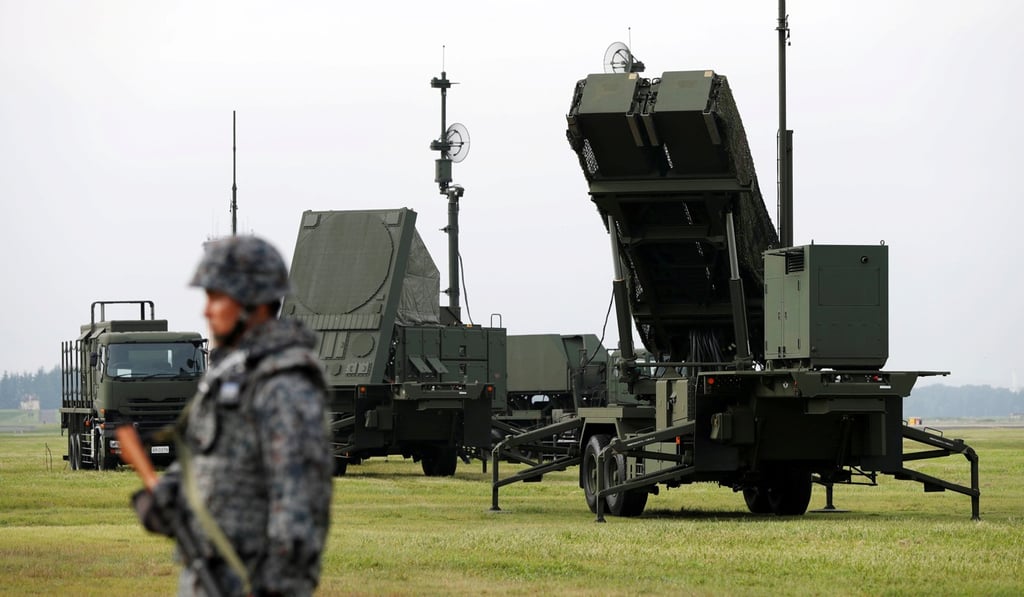Why sanctions will only fuel North Korea’s missile tests
Missile that flew over Hokkaido may be an open threat to Japan, but Kim Jong-un knows he cannot yet strike terror into US leaders – and he’s unlikely to stop testing until he can

An intercontinental ballistic missile (ICBM) travels at six and a half kilometres per second. Or, in other words, twenty times the speed of sound.
The North Korean missile that crossed over Hokkaido in Japan before landing in the Pacific wasn’t an ICBM. It was a mid-range missile travelling about half as fast.
Given the missile’s trajectory and flight path, it’s fair to see its launch as an open challenge by North Korea to Japan – but not as a challenge to US bases in Guam, or at least, not yet.
Why the North Korea nuclear crisis will return with a vengeance
The United States’ so-called theatre missile defence system in Asia – which incorporates anti-ballistic missile systems in Japan, South Korea and Guam – is capable of neutralising the dangers posed by North Korea’s mid- and intermediate-range missiles, which can strike locations up to 1,000kms away.
However, even America’s homeland security systems cannot guarantee being able to block ICBMs, which have a range of 3,000km.

The Pentagon has tested the ability of America’s homeland defence systems in neutralising incoming ICBMs on 19 occasions. On 18 of those, it judged its systems to have passed the test.